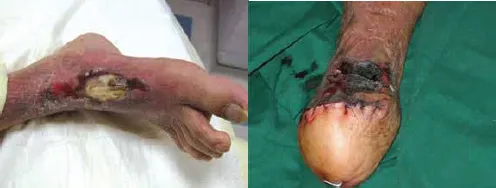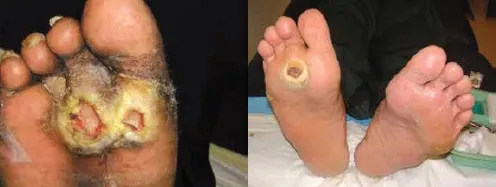
Surgery for Diabetic Foot
A Practical Operative Manual
Aziz Nather
- 452 páginas
- English
- ePUB (apto para móviles)
- Disponible en iOS y Android
Surgery for Diabetic Foot
A Practical Operative Manual
Aziz Nather
Información del libro
This is the first textbook on surgery for Diabetic Foot in the world. It is written as a practical surgery manual for residents and young surgeons performing surgical procedures for patients with diabetic foot problems. Such a guide will be useful not only to residents and surgeons in Singapore but also to our neighbouring countries including, Malaysia, Indonesia, Hong Kong, India, Sri Lanka etc.
Each surgical procedure is written in a systematic fashion covering indications, pre-operative preparation, anaesthesia, patient positioning, operative technique (in step by step fashion and illustrations) and post-operative care.
The scope covers all aspects of surgery for diabetic foot from surgical debridement, split skin grafting, surgery for osteomyelitis, minor amputations including ray, transmetatarsal, Lisfranc, Chopart and Modified Pirogoff amputation to major amputations such as below knee, through knee and above knee amputation. It also includes assessment for revascularisation and revascularisation procedures.
This book will serve as a useful practical guide for training surgical residents and for surgeons aspiring to do diabetic foot surgery.
Preguntas frecuentes
1
Diabetic Foot Wounds — Types of Wounds and Classification Systems
Introduction
Pathogenesis

| 2014 | 2030 | |
| Total world population (in billions) | 7 | 8.3 |
| Adult population (20–79 years, in billions) | 4.4 | 5.6 |
| Number of people with diabetes (in millions) | 387 | 552 |
| Global prevalence of diabetes (%) | 8.3 | 9.9 |
Types of Wounds
Infective Wounds
Ischaemic Wounds


Both Infective and Ischaemic
Neuropathic Wounds

